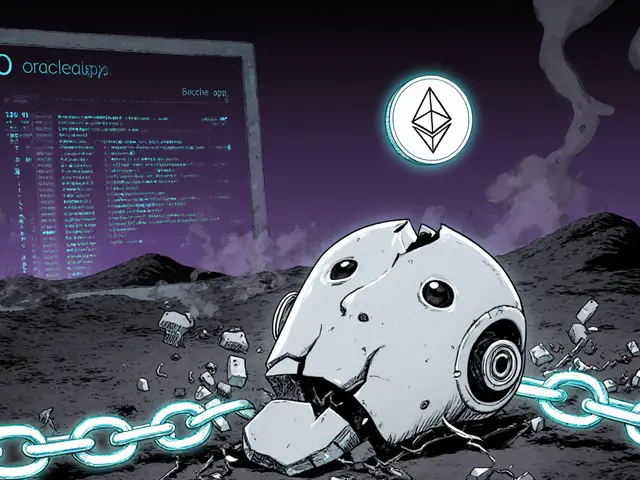DEX Aggregator: The Smart Way to Swap Tokens
When working with DEX aggregator, a service that automatically routes trades across several decentralized exchanges to fetch the best price. Also known as liquidity aggregator, it splits orders, reduces slippage, and saves gas fees. Think of it as a travel app that checks dozens of airlines at once; the aggregator checks dozens of DEXs like Uniswap, SushiSwap, and 1inch, then picks the cheapest route. This simple idea reshapes how traders move assets, especially when markets are volatile.
One key player behind every aggregation is the decentralized exchange, a peer‑to‑peer platform that lets users trade without a central order book. Each DEX holds its own liquidity pool, a collection of token reserves that fuels swaps. By tapping multiple pools, an aggregator can route part of a trade to Uniswap, another part to SushiSwap, and the rest to a newer protocol like Prism on Solana, ensuring the overall price is the best available.
How It Works: From Order to Execution
The process follows a clear chain: DEX aggregator receives a swap request → it queries the smart contract, self‑executing code that automates routing and settlement → the contract evaluates real‑time rates from each liquidity source, any DEX or on‑chain market maker that offers the token pair → it splits the order, executes the best fragments, and returns the aggregated result. This sequence creates three semantic triples: (1) DEX aggregator ↔ optimizes ↔ trade execution, (2) smart contract ↔ facilitates ↔ order routing, (3) liquidity source ↔ influences ↔ price outcome.
Because the routing happens on‑chain, traders keep control of their funds at all times. No custodial middle‑man holds the tokens; the smart contract merely moves them between pools. This design reduces counter‑party risk and aligns with the core ethos of DeFi: transparency and permissionless access.
Why does this matter now? Recent upgrades like Uniswap v4 and the rise of cross‑chain DEXs have expanded the number of pools dramatically. More pools mean more opportunities for price improvements, but also more complexity for the average user. Aggregators absorb that complexity, presenting a single interface while silently interrogating dozens of protocols. The result is lower slippage, cheaper gas, and faster confirmations – especially crucial when arbitrage opportunities disappear in seconds.
In practice, you’ll see aggregators pop up in wallet apps, DeFi dashboards, and even on‑ramp services. For example, the recent Prism token launch highlighted how a Solana‑based aggregator could pull liquidity from multiple Serum markets, giving traders a smoother experience than jumping between individual order books. Similarly, 1inch’s “pathfinder” algorithm rewrites routes on the fly, which is why many traders prefer it for large swaps.
Below you’ll find a curated list of articles that dive deeper into each piece of this ecosystem – from mining pools that feed liquidity, to Merkle‑Patricia trees that secure state, to concrete guides on claiming airdrops that often land on aggregators. Whether you’re a beginner wanting to understand the basics or a seasoned trader hunting the next edge, these pieces cover the full spectrum of DEX aggregation today.
In-depth 2025 review of 1inch Exchange covering its DEX aggregation tech, fees, security, tokenomics, cross‑chain features and how to start swapping.
Read MoreDiscover what Hera Finance (HERA) crypto coin does, its AI-powered DEX aggregator tech, tokenomics, market performance, and future outlook in this concise guide.
Read MoreLearn what Hera Finance (HERA) is: its AI‑powered DEX aggregator, token mechanics, technical architecture, market data, and how it stacks up against top DeFi aggregators.
Read More







